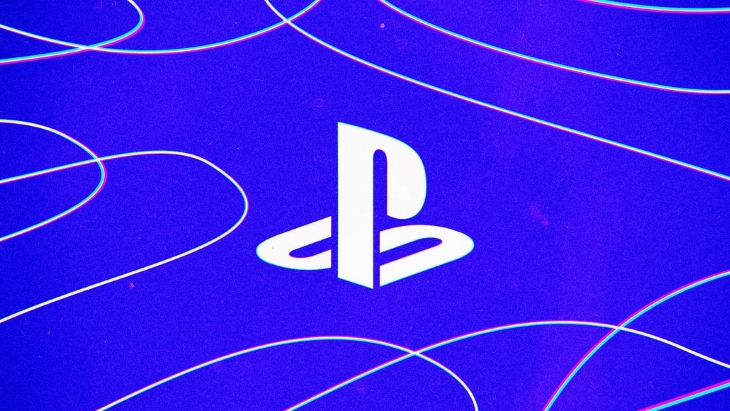
In an exclusive interview with Wired, Mark Cerny (PlayStation 4 Lead Architect) has revealed information about the as of yet unnamed next-gen Sony console, the much-assumed PlayStation 5.
Firstly, he explained the console will not be coming in 2019, nor would there be any more news about it during this year’s E3 (even if Sony will not be attending anyway). A number of studios have been working with it, and Sony have begun to accelerate deployments of devkits with Cerny (acting again as Lead System Architect) integrating developers’ and his own wishes into the consoles since Fall 2015. “The key question is whether the console adds another layer to the sorts of experiences you already have access to, or if it allows for fundamental changes in what a game can be.”
In terms of specifications, Cerny stated the CPU is based on “the third generation of AMD’s Ryzen line, and contains eight cores of the company’s new 7nm Zen 2 microarchitecture.” In addition, it will include a custom unit for 3D audio. Cerny explained how it was “a little bit of a frustration” that he felt there was no change in the audio between the PlayStation 3 and PlayStation 4.
Cerny states the new audio technology will allow for a more surround-sound style experience (with Wired stating it “will make you feel more immersed in the game as sounds come at you from above, from behind, and from the side.”) While this effect will not require anything more than TV speakers or virtual surround sound, he states that headphone audio is the “gold standard.”
The GPU will be a custom variant of Radeon’s Navi line. This will allow it to support ray tracing, allowing for more accurate light rendering. Cerny proposes this can do more than that however. “If you wanted to run tests to see if the player can hear certain audio sources or if the enemies can hear the players’ footsteps, ray tracing is useful for that. It’s all the same thing as taking a ray through the environment.”
While the new console (along with rumors of Microsoft’s next Xbox) will support “8K” graphics, the majority of TVs available to the average consumer are 1080p, to 4K at best. While major manufacturers are beginning to produce them, their only use right now is in Japan with its 8K broadcast channel and plans to broadcast the 2020 Olympics in 8K.
While ray tracing is something gaming consoles have not managed to achieve so far, Cerny says the “true game changer” that will be “the key to the next generation” is the console’s hard-drive. A common request Cerny kept hearing from developers was for the console to have a Solid State Drive (SSD). While both PlayStation 4 and Xbox One offer external SSDs, the integrated SSD sounds impressive from the demonstration Cerny gave to Wired.
Demonstrating with 2018’s Spider-Man, Cerny showed how on a “low-speed” devkit the fast-travel time was cut-down from fifteen seconds to 0.8. He then demonstrated how the camera could move faster through the map. While on the PlayStation 4 it was about as fast as Spidey’s web swinging, the Devkit version had the camera move through like a “fighter jet.” Cerny also paused this demonstration periodically to show it was all being rendered accurately.
If this demonstration is accurate, it could change several aspects of game design used to hide loading screens. “We’re very used to flying logos at the start of the game and graphic-heavy selection screens,” Cerny explains, “even things like multiplayer lobbies and intentionally detailed loadout processes, because you don’t want players just to be waiting.”
The SSD specifications were not elaborated on, but Cerny did state how “the raw read speed is important.” He then explained how an external SSD he put into the PlayStation 4 Pro only improved speeds by one-third, when the SSD costed as much as the console itself. Being the next console’s SSD is “19 times faster,” going from the fast-travel demo, it seems the read speed is improved from what is currently available.
While Cerny did not touch on how the new console would work with VR, he simply stated “I won’t go into the details of our VR strategy today, beyond saying that VR is very important to us and that the current PSVR headset is compatible with the new console.”
Finally, Cerny revealed the next console would still accept physical media unlike Google’s Stadia. While he did state that Sony “are cloud-gaming pioneers, and our vision should become clear as we head toward launch,” the console will support not only physical media but also be backwards compatible with the PlayStation 4 (as the new console is partly based on the PlayStation 4’s architecture).
No new games or projects were revealed at this time, but the transition would be “gentle,” with titles released for both PlayStation 4 and the new console. Curiously, when Wired asked about Hideo Kojima’s Death Stranding, a spokesperson “repeated that the game would be released for PS4, but Cerny’s smile and pregnant pause invites speculation that it will in fact be a two-platform release.”
What do you all think of the info so far on the “PlayStation 5”? Sound off in the comments below!